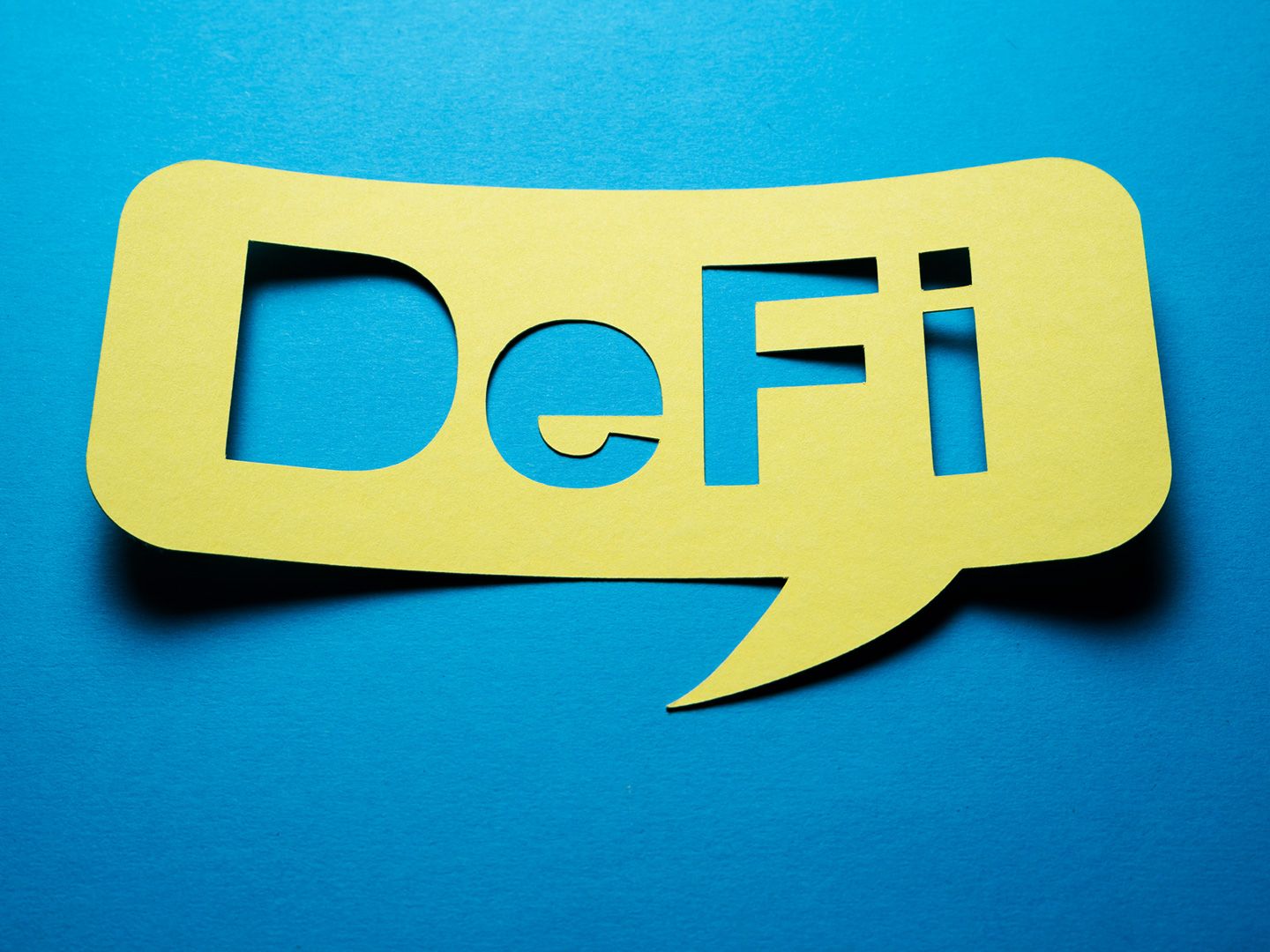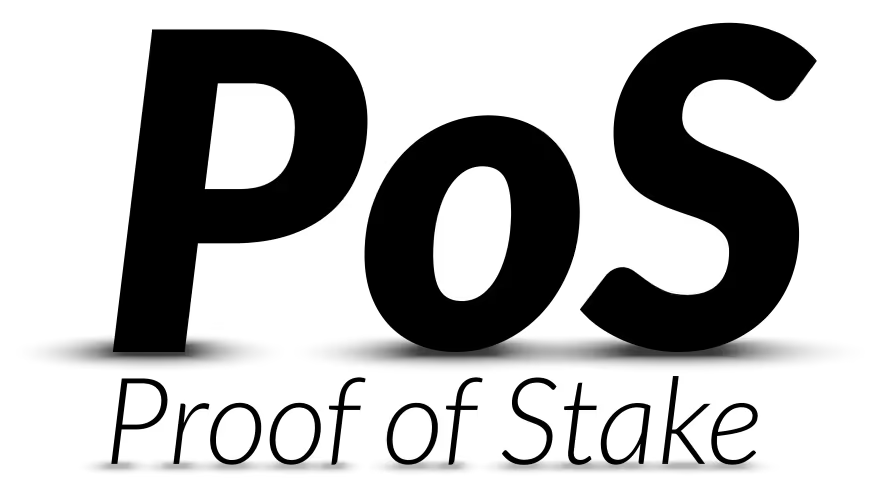Key Takeaways
- DeFi in 2025 is mainstreaming, with institutional adoption, regulatory clarity, and global accessibility driving rapid growth.
- Layer-2 solutions and AI integration are solving scalability and efficiency issues, making DeFi faster and more reliable.
- DeFi empowers financial independence, allowing users worldwide to transact, save, and invest without intermediaries.
What Is DeFi? How Decentralized Finance Is Redefining Money in 2025–2026
In 2025, the question “What is DeFi?” carries more weight than ever before. Once a niche concept for crypto enthusiasts, decentralized finance (DeFi) has evolved into a cornerstone of the global financial ecosystem. Its promise — to remove intermediaries, empower users, and create a transparent, borderless economy — is no longer theoretical. The developments unfolding between 2025 and 2026 reveal how profoundly DeFi is changing how we save, borrow, invest, and even define trust in money itself.
Understanding the Core of DeFi
DeFi stands for Decentralized Finance — a financial system built on blockchain technology that operates without traditional intermediaries like banks or brokers. Instead of relying on centralized authorities, DeFi uses smart contracts — self-executing code that enforces agreements automatically.
This design eliminates the need for trust in a single institution. Transactions are recorded on public blockchains such as Ethereum, Solana, Avalanche, and Base, making every action auditable and resistant to censorship or manipulation.
In essence, DeFi replicates traditional financial services — lending, trading, insurance, and yield generation — but in a way that is open to anyone with internet access and a digital wallet. By 2025, DeFi protocols collectively manage hundreds of billions of dollars in total value locked (TVL), signaling a maturing ecosystem that continues to attract both retail users and institutional capital.
The State of DeFi in 2025: Growth Meets Regulation
Between 2025 and 2026, DeFi is navigating its most pivotal phase yet. The explosive innovation that defined earlier years has evolved into a more stable and compliant environment. Governments and regulators have recognized that decentralized systems are not going away — and are instead learning to integrate them responsibly.
Institutional Adoption
Banks, hedge funds, and payment processors are now using DeFi protocols to streamline operations. Tokenized assets, from U.S. Treasury bills to real estate, are traded on decentralized exchanges (DEXs), enabling 24/7 liquidity. Platforms like Uniswap, Aave, and Curve have become the financial backbones of this new open economy.
Also read:How to Identify a Rug Pull
Regulation and Clarity
In 2025, regions like the EU and Singapore are leading the way in creating frameworks that allow DeFi platforms to operate legally while maintaining user autonomy. Smart contract auditing and proof-of-reserve systems are becoming standard, improving security and restoring investor confidence after past exploits and scams.
The Rise of Layer-2 Solutions
Scalability — once DeFi’s biggest obstacle — is being resolved through Layer-2 technologies like Arbitrum, Optimism, and zkSync. These networks make transactions faster and cheaper, bringing DeFi closer to mainstream usability. The reduced gas fees and improved transaction speeds have opened the door for millions of new users in emerging markets, particularly across Africa and Southeast Asia.
Key Components Powering DeFi in 2025–2026
Understanding DeFi in 2025 means recognizing the diverse tools and innovations that sustain it. While the underlying principles remain constant — openness, transparency, and decentralization — the landscape is expanding in sophistication.
1. Decentralized Exchanges (DEXs)
DEXs such as Uniswap, SushiSwap, and PancakeSwap allow peer-to-peer crypto trading without middlemen. By using automated market makers (AMMs), they provide liquidity through community-driven pools. The growing integration of AI-driven price oracles enhances accuracy and minimizes slippage, further bridging the gap between centralized and decentralized systems.
2. Lending and Borrowing Protocols
Platforms like Aave, Compound, and MakerDAO allow users to lend crypto assets to earn yield or borrow against their holdings without banks. These protocols now integrate real-world assets (RWAs) — from stablecoins backed by fiat reserves to tokenized gold — providing greater stability and diversification.
3. Yield Farming and Staking
Yield farming remains a dominant way users earn passive income. However, the approach has matured. Instead of unsustainable, high-risk rewards, protocols now focus on long-term yield optimization, liquid staking, and cross-chain rewards, providing stability for serious investors.
4. Decentralized Insurance
With hacks and vulnerabilities still a concern, DeFi insurance platforms like Nexus Mutual and InsurAce are gaining traction. They provide coverage against smart contract failures, exchange exploits, and oracle errors, making the DeFi ecosystem more secure and reliable for mainstream participation.
The Real-World Impact: Inclusion, Efficiency, and Autonomy
The global impact of DeFi in 2025–2026 extends far beyond the crypto community. It’s creating new economic opportunities, especially in regions underserved by traditional finance.
Financial Inclusion
For millions of people in developing economies, DeFi provides access to financial tools without requiring a bank account. Through mobile wallets and decentralized stablecoins, users can send, save, or borrow funds instantly and affordably. This is particularly transformative in countries like Kenya, Nigeria, and India, where access to traditional banking remains limited.
Efficiency and Transparency
DeFi drastically reduces transaction friction. Payments that once took days can now be completed in seconds with full on-chain transparency. Businesses are adopting DeFi rails for payroll, remittances, and cross-border settlements, cutting costs and delays associated with traditional intermediaries.
User Empowerment
In the DeFi model, users retain custody of their assets. This autonomy stands in sharp contrast to centralized finance (CeFi), where funds are often locked behind opaque institutions. As data privacy and financial sovereignty become major concerns in 2025, DeFi’s user-centric design has become a competitive advantage.
The Road Ahead: Opportunities and Challenges
Despite its impressive progress, DeFi is still evolving. The next 12–18 months will determine how well it can balance innovation, compliance, and scalability.
Opportunities
The expansion of DeFi into tokenized real-world assets, AI-assisted risk management, and cross-chain interoperability will likely drive the next wave of growth. Moreover, the introduction of central bank digital currencies (CBDCs) into DeFi systems could bridge the gap between traditional and decentralized economies.
Challenges
However, DeFi’s decentralized nature also presents challenges. Regulatory inconsistencies across jurisdictions, smart contract vulnerabilities, and liquidity risks remain persistent threats. The industry’s success depends on maintaining transparency and security while scaling globally.
Conclusion: DeFi’s Defining Moment in 2025–2026
The question “What is DeFi?” is no longer just academic — it’s foundational to understanding the future of global finance. In 2025 and 2026, DeFi is solidifying its role as a parallel — and increasingly integrated — financial system. Its core principles of openness, autonomy, and transparency are reshaping how money moves, who controls it, and how value is created in a digital-first world.
While challenges remain, DeFi’s trajectory is clear: toward a more inclusive, efficient, and equitable financial landscape. As governments, institutions, and individuals converge on decentralized systems, DeFi is not just redefining finance — it’s redefining trust itself.




